
Afghan intelligence service destroys al Qaeda base in Zabul
The National Directorate of Security, Afghanistan intelligence agency, raided an al Qaeda encampment and killed five Pakistani terrorists in the southeastern province of Zabul.

The National Directorate of Security, Afghanistan intelligence agency, raided an al Qaeda encampment and killed five Pakistani terrorists in the southeastern province of Zabul.
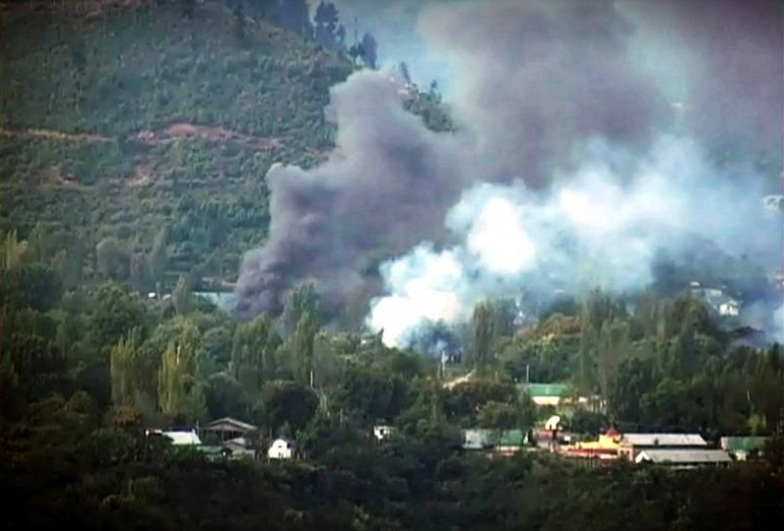
Jihadists killed 17 Indian troops and wounded dozens more in a suicide assault on a military base in Jammu and Kashmir. Jaish-e-Mohammed is thought to have carried out a similar attack on an Indian air base in January.
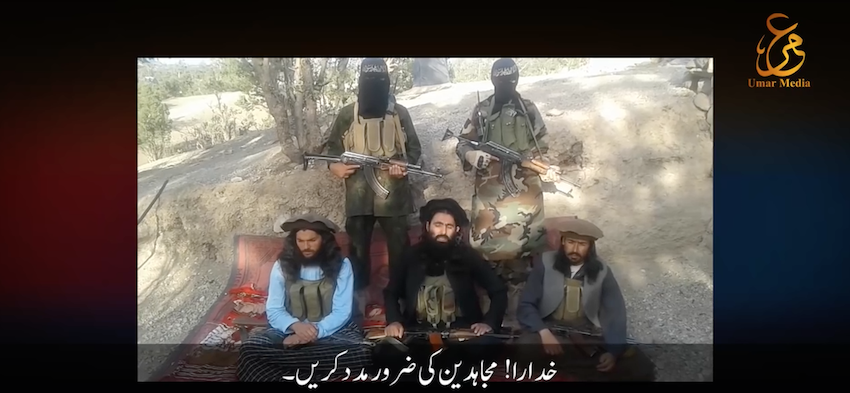
The Movement of the Taliban in Pakistan counters the Pakistani military’s claims that Operation Zarb-e-Azb has succeeded in defeating jihadists of all stripes in North Waziristan.

Fifteen years after 9/11, Al Qaeda remains a threat to the West despite not carrying out a large-scale attack in years. The group is waging insurgencies in several countries and is far larger than it was on 9/11.
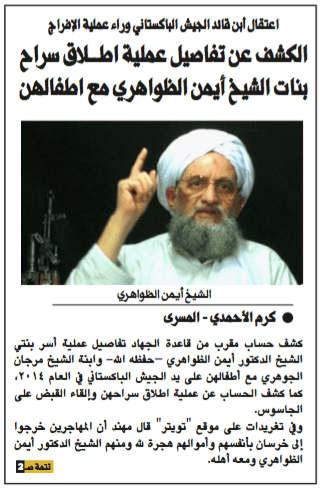
Anonymous Pakistani officials deny al Qaeda’s claim that General Ashfaq Pervez Kayani’s son was kidnapped and exchanged for Ayman al Zawahiri’s two daughters, a third woman and their children. But their denial raises a number of additional questions and only adds to the mystery.

Al Qaeda claims that two of Ayman al Zawahiri’s daughters and a third woman were exchanged for the son of Ashfaq Pervez Kayani in either late July or early August. The Long War Journal cannot independently verify the claim, but it is known that al Qaeda had been trying to exchange at least one kidnapped son of Pakistan’s elite for the women. Al Qaeda announced that the women and their children were released in early August.
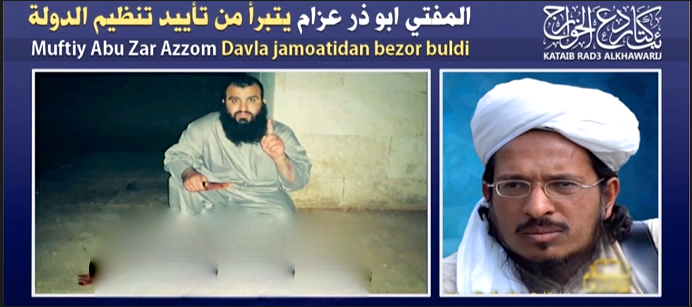
Abu Dher al Barmi, the former mufti of the Islamic Movement of Uzbekistan who defected in 2014, apologized for joining the Islamic State and encouraged others who joined the organization to leave it for other jihadist groups.
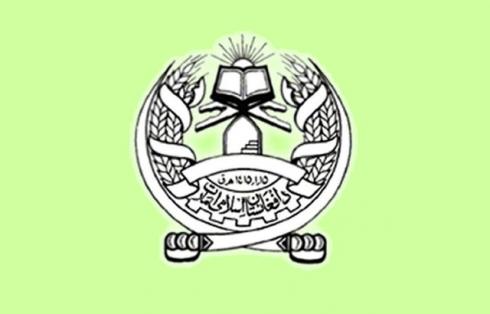
The Taliban continue to bring disaffected leaders back into the fold. Anwar ul Haq Mujahid, the commander of the Tora Bora Military Front and the son of an influential Taliban leader who was instrumental in welcoming Osama bin Laden to Afghanistan after al Qaeda was ejected from Sudan in 1996, has sworn allegiance to the Taliban’s new emir.

A leaked Joint Task Force – Guantanamo threat assessment describes Haji Hamidullah, who was recently transferred from Guantanamo to the UAE, as an “agent” of Iran. The Long War Journal first profiled Hamidullah in 2011. The leaked JTF-GTMO file contains numerous intelligence reports tying Iranian intelligence to the Afghan insurgency.
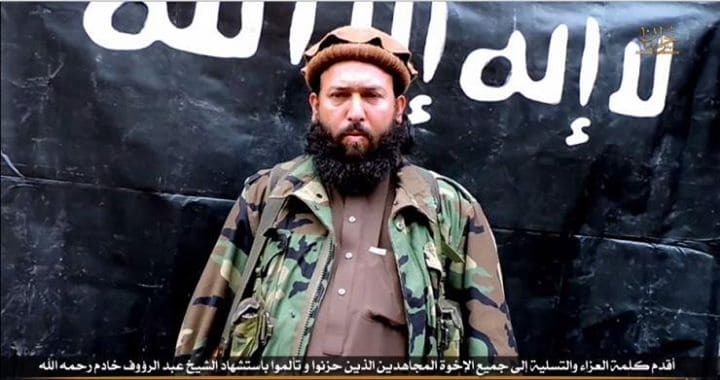
The US military claimed that Khan’s death and the operation in Nangarhar will hurt the group’s operations in Afghanistan. However the Islamic State’s inability to form alliances with the established jihadist groups in Afghanistan and Pakistan has led to its isolation.
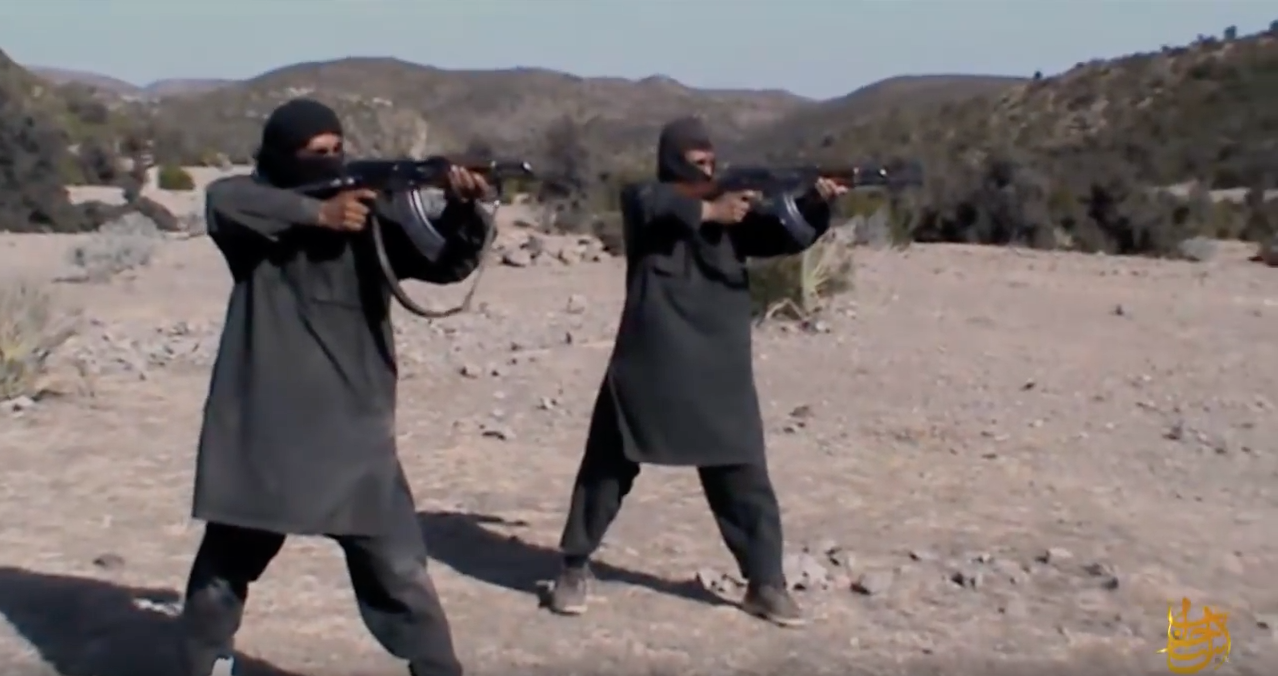
The presence of an al Qaeda camp in South Waziristan as late as 2013 contradicts claims by the Pakistani military that the tribal agency was secured after launching an offensive against the Movement of the Taliban and allied groups, including al Qaeda, in 2009.

A senior Afghan military officer claimed that his forces killed Hafiz Saeed Khan, the emir for the Islamic State’s Khorasan province, during an ongoing military operation in the eastern province of Nangarhar. However Khan’s death cannot be independently confirmed.

While the competing claims cannot be verified, both groups are capable of executing the mass-casualty suicide attack in Quetta.

Jamaat-ul-Ahrar has been behind numerous deadly attacks inside Pakistan and is closely allied with the Afghan Taliban and al Qaeda. In 2014 it celebrated al Qaeda’s 9/11 attacks on the US and said it would fight until an Islamic caliphate “is established in every nook and corner of the world,” it concluded.

Abdul Rahim Muslim Dost, who left the Islamic State late last year, claimed that Khorasan province became a tool of “regional intelligence agencies and started torturing innocent people.” He described the emir of Khorasan province as “illiterate” for approving attacks on civilians.

The US killed Khalifa Umar Mansour, the commander of the Tariq Gidar Group who was responsible for attacks on Pakistani schools, in an airstrike in Afghanistan. The US listed his Taliban faction as a terrorist organization less than two months ago.
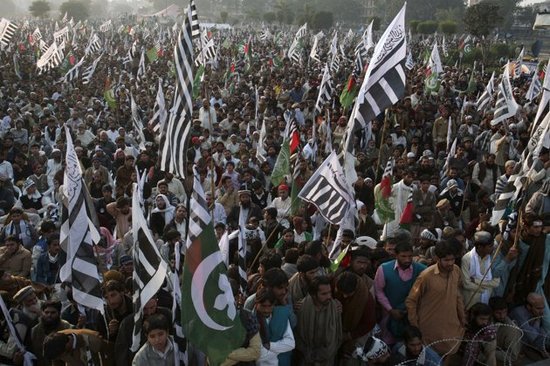
Bill Roggio testifies before the House Committee on Foreign Affairs Subcommittee on Terrorism, Nonproliferation, and Trade, as well as the Subcommittee on Asia and the Pacific. The hearing is titled, “Pakistan: Friend or Foe in the Fight Against Terrorism?”

Pakistan called the killing of Burhan Wani by Indian troops “deplorable and condemnable,” despite the fact that he was a known terrorist recruiter and military commander. This condemnation highlights Pakistan’s support for terrorist groups throughout the region.
Al Qaeda has released a new audio message from Hamza bin Laden, Osama’s son and heir. The message was translated by the SITE Intelligence Group. Hamza argues that the number of “mujahideen” has grown dramatically around the globe despite the decade and a half of war that began on Sept. 11, 2001. Hamza also threatens revenge for his father’s death.
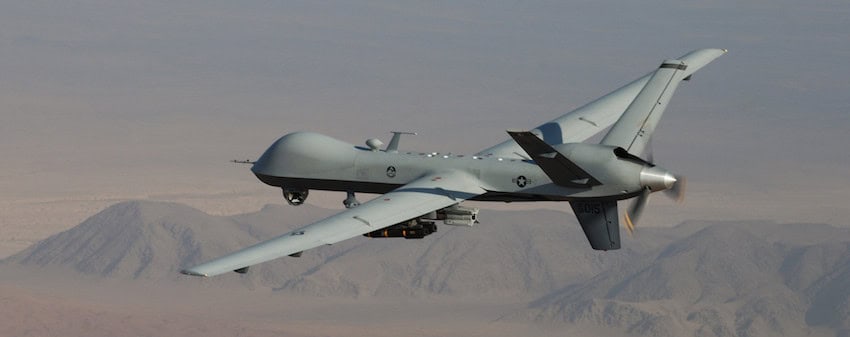
ODNI released some information on counterterrorism raids as part of an effort to provide more transparency on these operations. US intelligence claims that between 2,372 to 2,581 combatants and between 64 to 116 civilians were killed in 473 strikes in areas outside of Afghanistan, Iraq, and Syria since President Obama took office.

The US government and intelligence services have consistently underestimated the strength of AQIS, which is an official branch of al Qaeda that is based in Afghanistan, Pakistan, India, and Bangladesh.
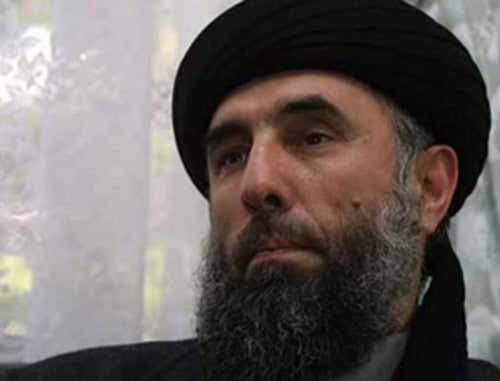
Gulbuddin Hekmatyar, the leader of a Hezb-i-Islami faction, has toyed with the Afghan government in the past and withdrew from peace talks under similar circumstances.
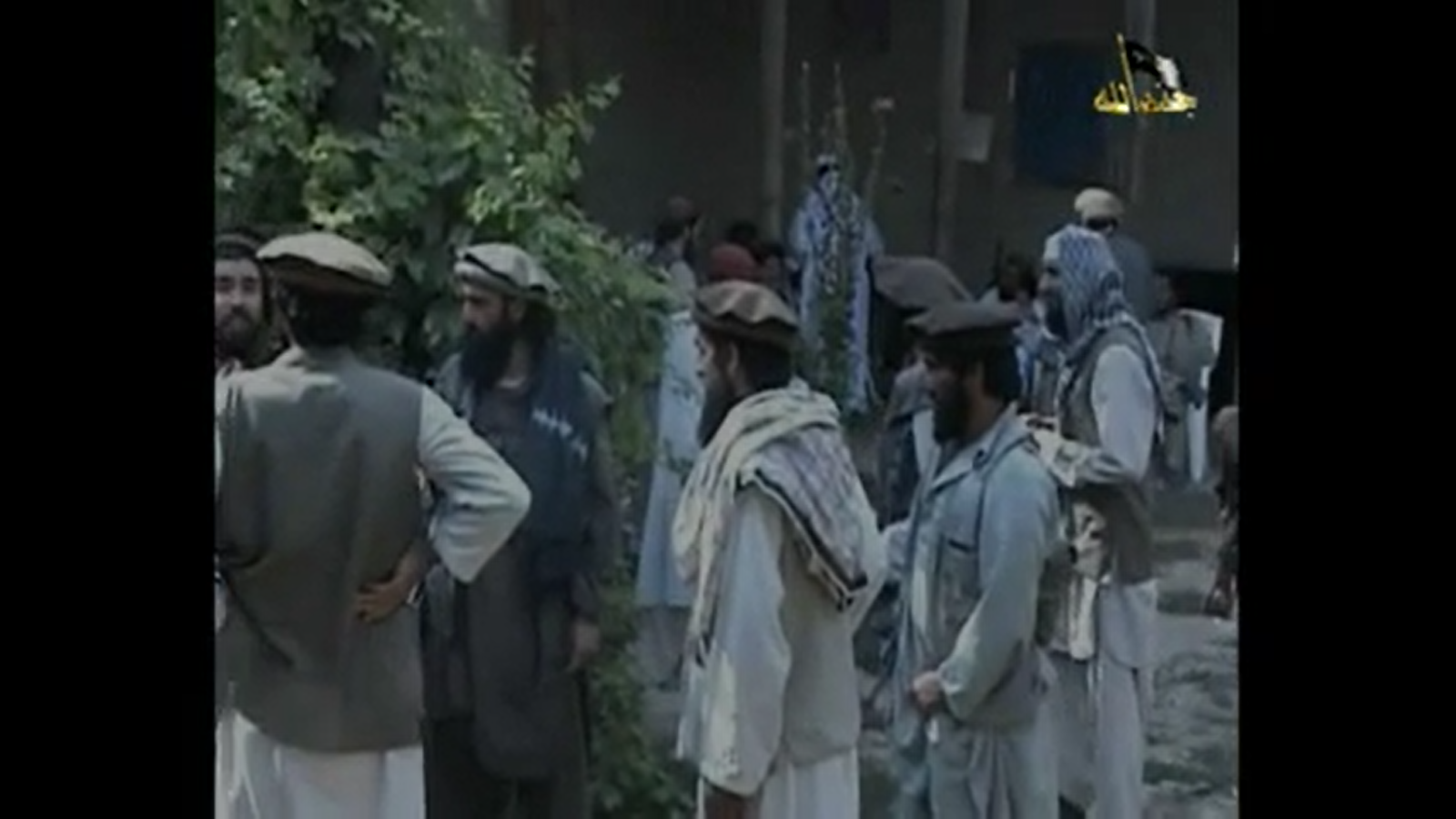
After Usman Ghazi, the last emir of the Islamic Movement of Uzbekistan, joined the Islamic State’s Khorasan province, the group split in two and a core cadre remained loyal to the Taliban and al Qaeda.

The US government continues to underestimate al Qaeda’s strength in Afghanistan and Pakistan. State’s insistence that al Qaeda has been “severely degraded in the region” is at odds with recent evidence from Afghanistan and Pakistan.
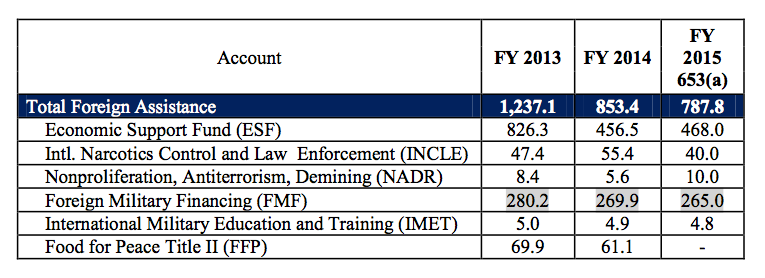
The US government continues to provide nearly $800 million in financial aid despite Pakistan’s historical and continuing support for jihadist groups that are actively fighting US troops in Afghanistan and plotting terrorist attacks across the globe.

Jamaat ul Dawa al Quran, which operates in Pakistan and Afghanistan, “has long-standing ties” with al Qaeda and Lashkar-e-Taiba, according to the State Department. The Tariq Gidar Group, which is “linked” to the Movement of the Taliban in Pakistan, has been behind some of the deadliest attacks inside Pakistan.
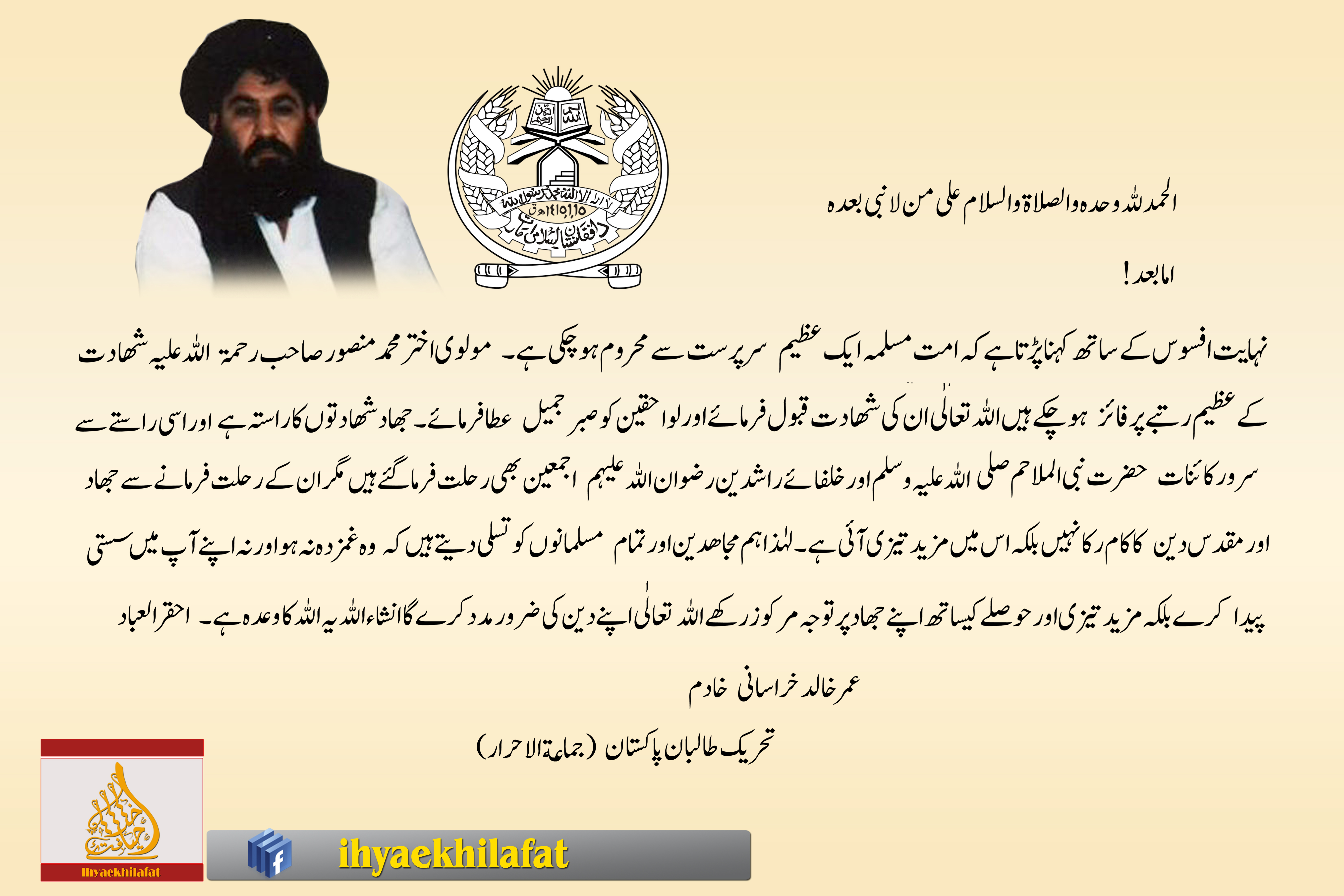
“With regret the Muslim world has lost a great mentor,” Jamaat-ul-Ahrar spokesman Ihsannullah Ihsan said, referring to Mansour. He urged “the Mujahideen and all Muslims” not to grieve too long, and to “focus on fighting” their enemies.
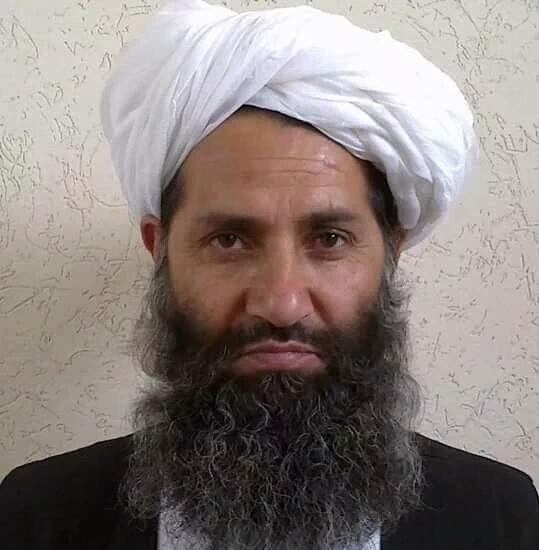
Mullah Haibatullah Akhundzada, the group’s top judicial officer, is the Taliban’s new emir. Siraj Haqqani, the Taliban’s military commander, remains one of the Taliban’s top two deputies. Mullah Mohammad Yaqoub, Mullah Omar’s eldest son, has been elevated to serve as a deputy to Haibatullah.

Baluchistan province has long been a major hub for the Afghan Taliban, replete with training camps, madrassa, mosques, and command and control centers. If the US does decide to step up attacks against the Taliban in Baluchistan, there is no shortage of targets.
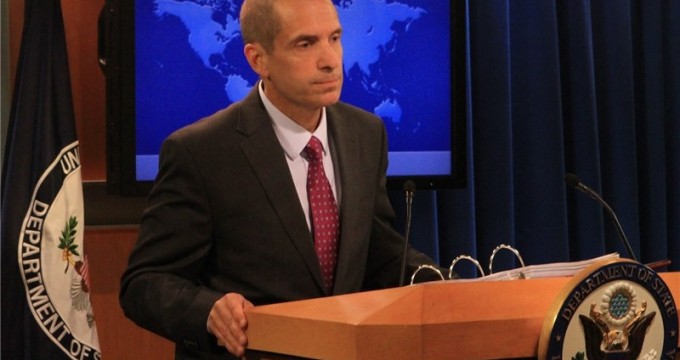
“How could you fire something out of the sky and blow something up and kill people and not know what country it’s in? ,” a reporter responded incredulously to a State Department spokesman’s claim that the government didn’t know whether the US killed Taliban emir Mullah Mansour in Afghanistan or Pakistan.